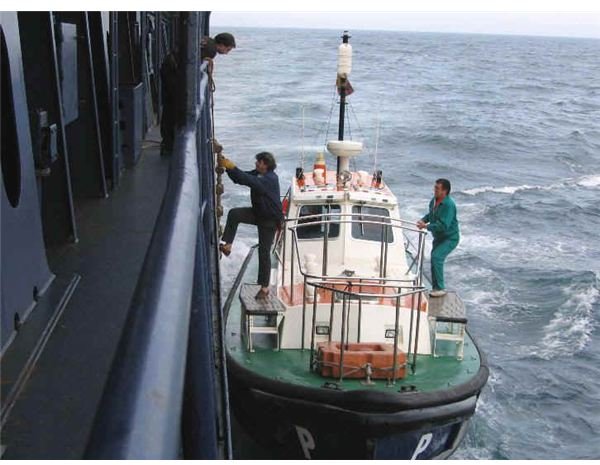Maritime Pilot - How much do pilots get paid and what is the job?
Introduction
We all drive a car and we know how easy it is to steer. For some, it may be a passion and pleasure. But steering a ship is always a risky and dangerous operation. Some may say it as passion but it invites more trouble unlike a car. It is easy to stop a car immediately what ever speed you may drive. But it is not the case with ships. Read here to know about the difficulties in steering a ship and know about a maritime pilot, who is an expert in manoeuvring these ships enabling them to reach port.
Who is a maritime pilot?
A Pilot is usually an experienced mariner or a Master Mariner, who helps in guiding the ship through dangerous, shallow, and congested waters enabling the ship to reach port. One might wonder what could be the need for guiding a ship through dangerous waters to reach a port. Let us now understand the vessels characteristics matched with the water and ocean currents, tides, waves and depths of sea bed.
Why a pilot is needed?
We all know about the oceans, continental shelves, and the sea bed. If we measure the depth of sea from beaches in shore, it continuously increases as we proceed away from the shore. In deep oceans the depth may be of the order of thousands of meters below mean sea level. Ships do not encounter any problems in the middle of the oceans as the depth of water is so huge. But as they approach shore, the depth keeps on reducing and sometimes it may be shallow that the ships cannot transit through. Thus due to the shallow depths, the ships cannot come inside ports and deliver cargo. As the cargo is loaded, the ship sinks more and her draft increases. To navigate inside a port with such a great draft, there is always a threat for grounding. Also it is not possible for any Captain to get familiar with the port depth conditions of all the ports in the world. It is also to be noted that the size and the mass of huge ships make it difficult for manoeuvring. The distance of stoppage of these huge ships like super tankers are in miles. Thus every port decided to train and employ their own people as Pilot, thus enabling the ships to reach port without any difficulty. As said earlier, a Pilot is one who is highly experienced and skilled with a better understanding of the port waters on which he is employed. But for all legal aspects, The Master or The Captain remains in command and The Pilot is considered to be a senior adviser.
A brief history of pilots
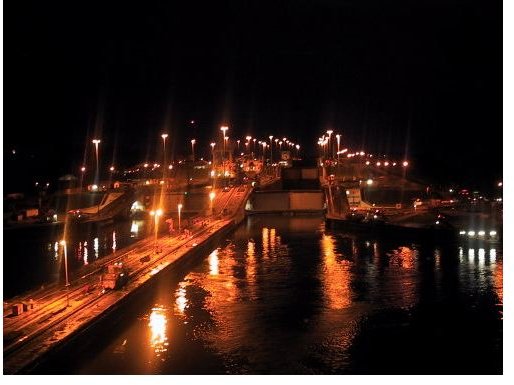
The word “pilot” comes from the Latin word “pilota”, meaning “ores”. Earlier when ores where used for propulsion, it is also used for changing directions. Thus the word “pilota” was adopted and coined as “pilot”. Being a pilot for any port, is one of the oldest and least known profession in the world. The system of pilot and pilotage are very common which was into existence, right from the day when cargo is transported by sea. But earlier, locally experienced harbour captains became pilots and there are records where local fisherman were being appointed as pilots.
Duties and Responsibilities of a Pilot
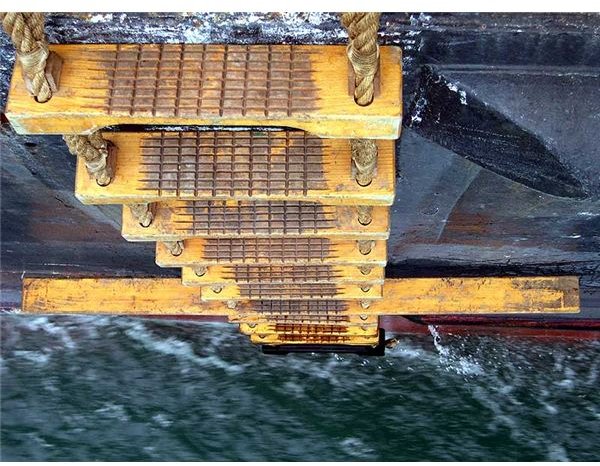
Pilots are not only required for their expertise while entering or leaving a port, but also for navigating through narrow channels and canals. They have been specially trained for various activities and they have in-depth understanding of the ocean currents, tides, and water depths at different areas of a particular port. A pilot boards the ship before the ship enters or leaves the port or during a canal transit and sometimes during narrow channel transit. They usually arrive at the ship by helicopters or by special pilot boats. They embark the ship with the help of huge swaying Jacob’s ladder. It is to be noted that the pilot ladder will be of huge lengths for a super-tankers of around 10 to 20 meters above sea level. They have to climb up these dangerous ladders, reach the wheel house of the ship and take over the controls of the ship for further safe navigation under the supervision of the ship’s captain. Every movement with the engines is logged in the log book and smallest error may result in huge devastations threatening the marine environment. If such a minor error happens, it may lead to heavy pollution, fire and even loss of life. It is for this reason that the pilots employed are of superior skills and expert knowledge and experience. Thus the economic and the environmental risk make the role of pilot very critical. It is also to be noted that every port employs its own pilot, which actually reduces the commercial pressure on the captain, as the pilots are employed locally and act on behalf of the public rather than the ship owners.
Pilotage and Flags
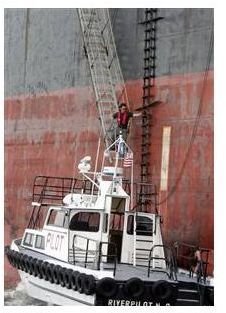
Pilotage is the use of fixed references over sea or the land, by means of sight or a radar device, to guide oneself to a destination port. Pilotage can be done by the use of maps or navigational charts. Pilotages are used in aircrafts, dynamic positioning vessels, cable laying vessels, and scuba divers. It may not be possible all the time to use these visual references and during such occasions, alternate means of navigation can be done by the use of devices like the G.P.S, dead reckoning, etc. Pilotage entirely depends upon every individual Pilot, with their ability to make visual references and markings. Due to adverse weather conditions and during the times of poor visibility, it is not possible to make visual references. In such cases, Pilots use the combination of all the electronic devices and satellite systems.
Some of the visual features may be on the land or at the sea and some may be visible only during day time and some are natural and some are man made.

Day Time:
Natural Features: These may include mountains, hills, cliffs, lakes, valleys, rivers etc.
Man-Made features: Sea marks, land marks, airports, cities and dams.
Night Time:
Man made: lighthouses, sea marks with lights, etc.
Pilot Boat: A normal Pilot boat may be of the size range of about 1000 ton to usually a low displacement small boat, but capable to cruising up to 30 knots, usually operating at the port or at the river mouths and estuaries.
Flags:
Flags are even though less used these days, with the more preferred use of navigational lamps, are very essential during Pilotage or when a ship is under the control of Pilot. Some of the flags which are usually used during the Pilotage are displayed below and click them to know their description and meaning..!
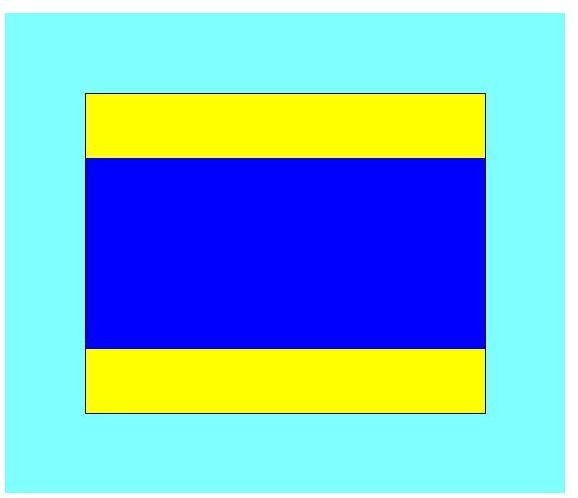
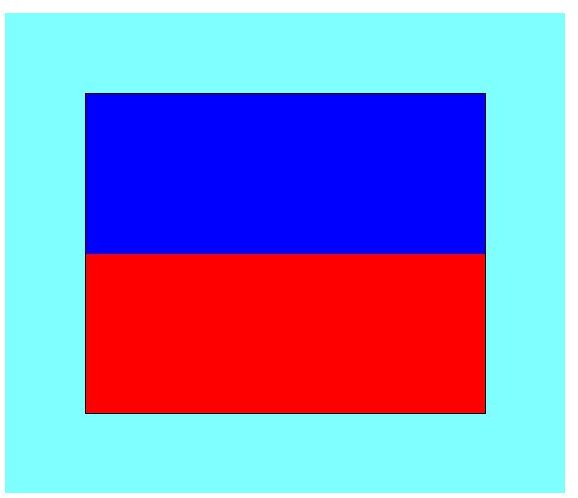
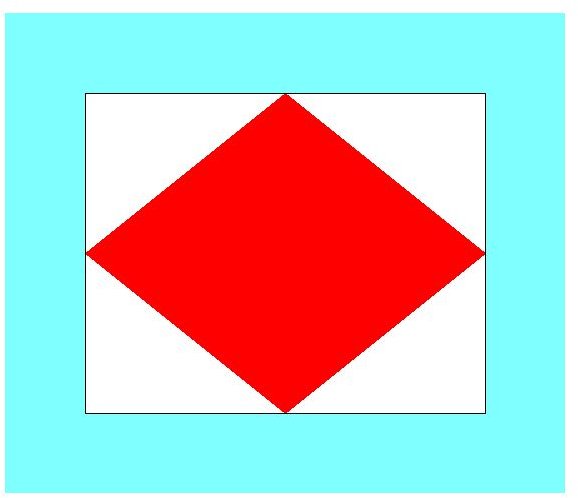
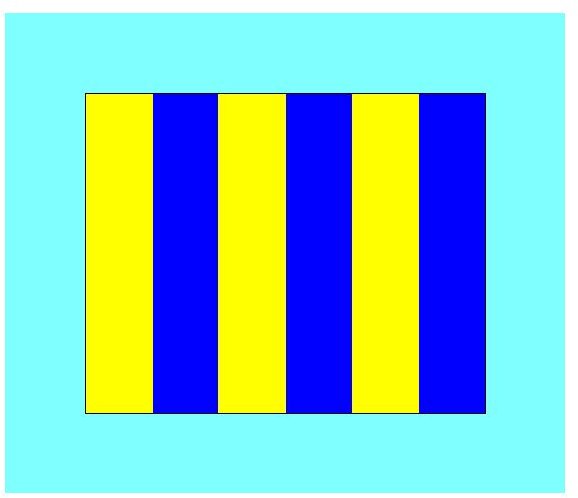
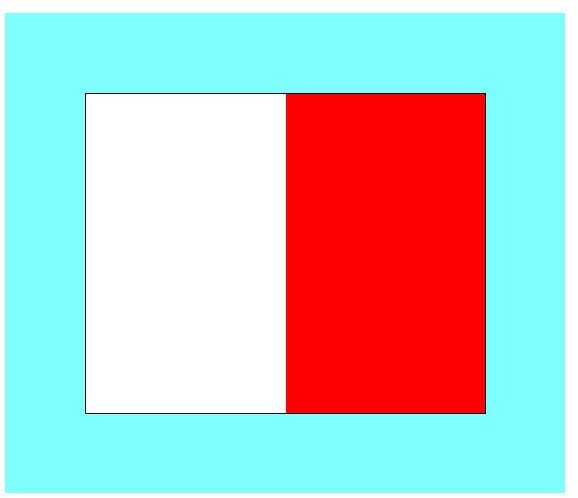
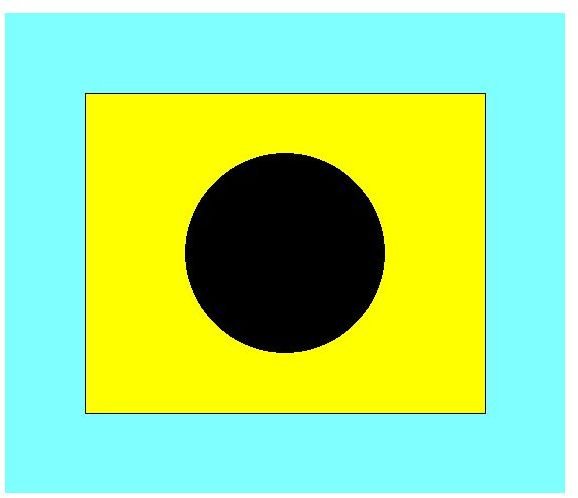
Image Credits:
